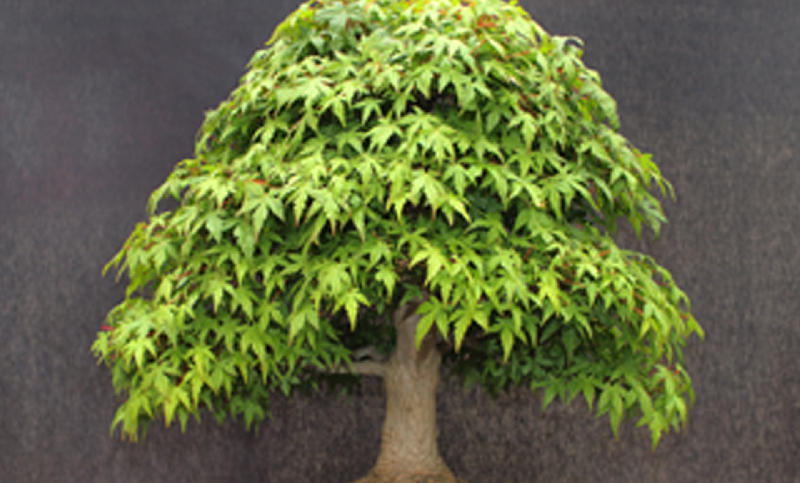Sativa vs. Indica vs. Hybrid

Sativa vs. Indica vs. Hybrid
In the world of cannabis, there are two categories every consumer knows, Sativa and Indica. These two classifications have been used to differentiate cannabis strains since the 18th century. If you are a veteran of the cannabis game, you are likely well accustomed to these two terms. If you are a newbie however, they may sound like complete gibberish. Luckily your CannaFam is here to help!
Sativa
We will start off by discussing the physical characteristics of Sativa cannabis plants. Sativa plants are tall, typically between 8-18 feet, with thinner leaves. Sativa plants usually originate from warmer climates such as Central and Southern America and South East Asia. For the best results, Sativa plants are best fit to grow in warm, outside environments.
The easiest, most comprehensible way to illustrate the effects commonly associated with Sativa strains is to describe Sativas as daytime cannabis. These strains are known as being cerebral, energizing and uplifting. Many people use different Sativa strains before creative work, exercise or other activities requiring focus. Some well-known Sativa strains are Sour Diesel, Bruce Banner and Jack Herer.
Indica
Indica plants are typically short, stout and have full-figured, wider leaves. Indica plants originate from the Hindu Kush range in the Himalayan mountains. People summarize the typical experience of smoking these strains through the saying, “Indica/ In-da-couch.” These strains are associated with relaxation, sedation and a body high. Many people find that consuming Indica strains can help with sleeping. Well known Indica strains include Northern Lights, OG Kush and Afghani Purps.
Hybrids
Hybrid strains occur when breeders select Sativa and Indica strains and crossbreed them. Most strains that we see today are hybrids due to the repetitive breeding that happens between plants. Hybrids can be Sativa or Indica dominant based off their genetic makeup. The effects of the strain are largely dependent on what two plants were crossed to breed the resulting plant. Examples of hybrid strains include Blue Dream, Jilly Bean and AK47.
In conclusion
Although these descriptions are good rules of thumb to follow, it is important to remember that the effects of any cannabis strain are unique to the individual consuming. As your relationship with cannabis develops, so will your preferences. In time you will know exactly what strains your body prefers, and this will enhance your cannabis experience even more.
